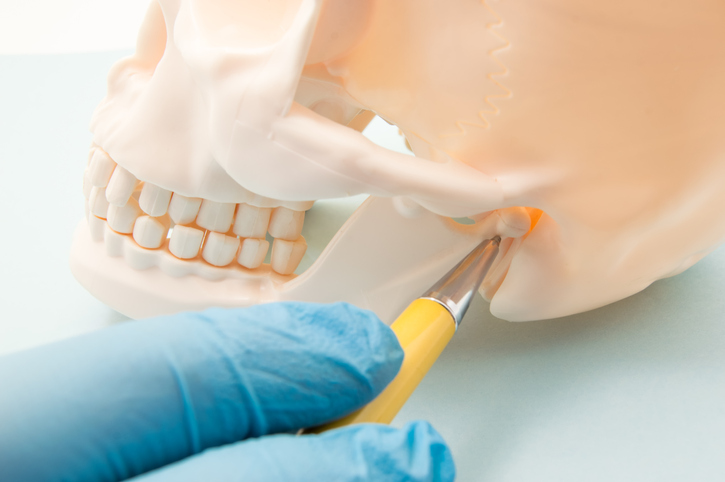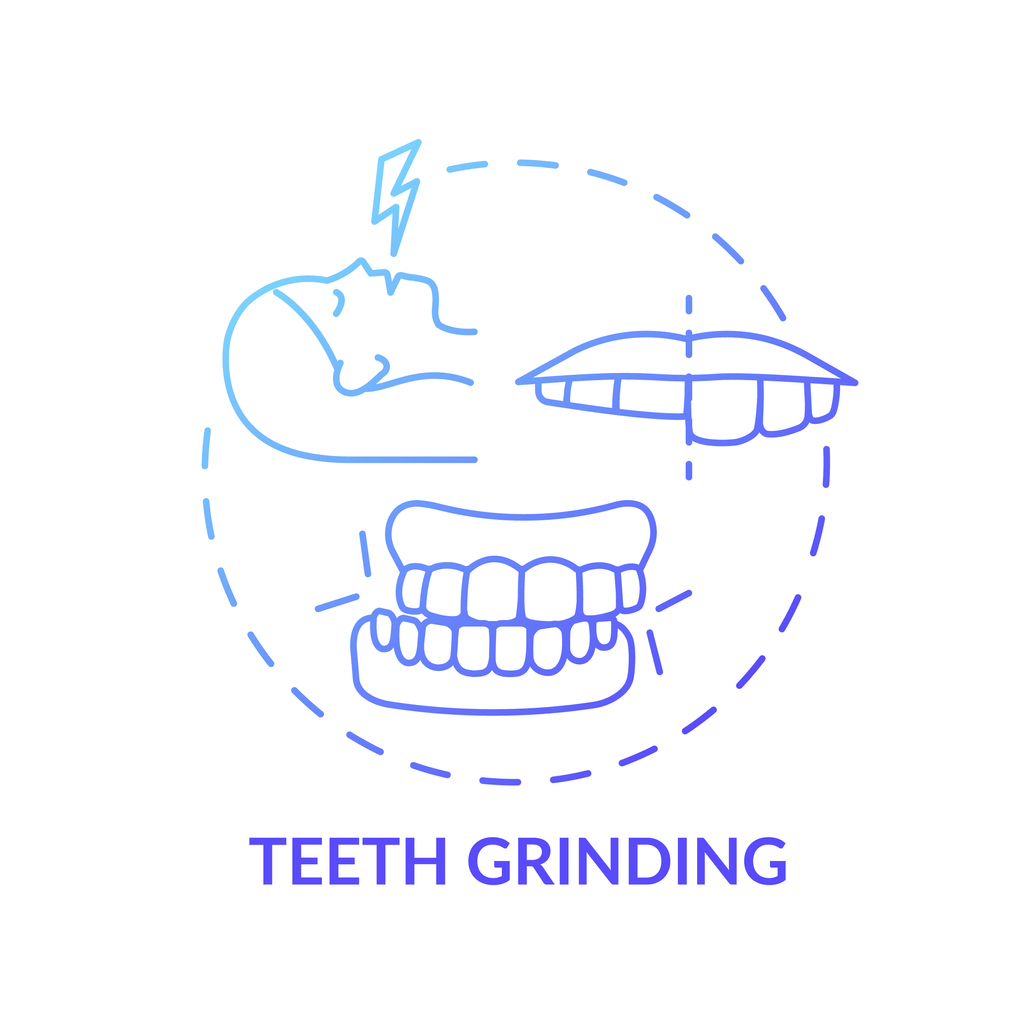Pain
What Is Temporomandibular Joint (TMJ) Disorder?

What is the temporomandibular joint?
The temporomandibular joint (TMJ) joins the lower jaw to the skull; it is located in front of each ear on both sides of the head. It acts as a hinge and allows the jaw to open and close and move from side to side. The bones in the joint are covered with cartilage and are separated by a small disc, which allows for smooth movement of the jaw.
What is temporomandibular joint disorder?
Temporomandibular joint disorder is characterized by pain in the jaw as well as the nerves and muscles surrounding the jaw. Temporomandibular joint disorder is often referred to as simply “TMJ,” in reference to the affected joint.
Symptoms
Symptoms of TMJ include, but are not limited to, the following:
- A popping noise or sensation when opening or closing the mouth
- Headaches
- Jaw pain or tenderness
- Difficulty moving the jaw (especially chewing)
- Locking of the joint
- Pain in or around the ear(s)
- Swelling, aching pain, or tenderness in the face, neck or shoulders
- Dizziness
- Ringing in the ear(s)
Symptoms of TMJ range from mild to severe. For some people, symptoms are limited to one side of the face; for others, symptoms occur on both sides.
Causes
In most cases, the cause of TMJ is unknown. However, potential causes include the following:
- Dislocation of the disc in the joint (moves out of alignment)
- Disc erosion
- Damage to the cartilage from arthritis
- Damage from a blow or other trauma to the area
Risk factors
Factors that increase the risk of developing temporomandibular joint disorder include the following:
- Chronic teeth grinding or clenching
- Trauma to the jaw
- Arthritis conditions, such as osteoarthritis or rheumatoid arthritis
- Certain connective tissue diseases
- Genetics






